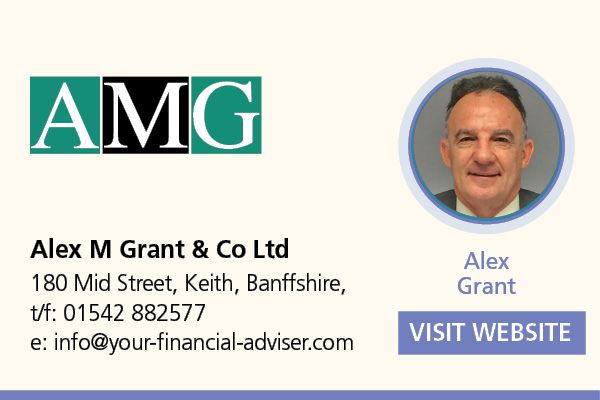INDEPENDENT FINANCIAL ADVICE ON MONEY MATTERS AROUND THE HIGHLANDS, ISLANDS & MORAY
Around £19.4 billion has not been claimed in 1.6 million lost or forgotten pension pots, according to the Association of British Insurers (ABI).
The ABI claims providers are attempting to reunite people with their lost pension plans by sending letters to their address, but just one in 25 notify their provider when they move home.
This makes it more difficult for those affected to track down their lost pension pots.
Other than notifying your provider when you relocate, what else can you do to track lost pots?
Keeping track of your pensions
You may have a number of pensions that you have lost track of over the years, particularly if you’ve moved house since signing up with them or changed jobs.
Through the Government’s pension tracing service, you can enter the name of your former employer and receive contact details to reunite you with your lost savings.
To use the scheme, you will need your National Insurance number, date of birth, and other information to prove your identity, such as when you worked for the employer, or the address you had at the time.
Don’t be put off if you haven’t got all of these details – providers are used to helping people trace their pensions with incomplete information. But the sooner you act, the easier it will be.
Find out the key information
The most important thing to understand is whether or not your pension is a defined benefit scheme.
Defined benefit schemes mean you are guaranteed a certain pension value (usually a percentage of your final salary) when you eventually retire.
In most cases, it is a bad idea to withdraw from these schemes because the scheme has to pay you the amount you’re entitled to, regardless of what happens to the underlying funds.
If your pension is not a defined benefit scheme, the amount you get at retirement depends on how much you have saved and how much the fund has grown.
With that in mind, you need to know the following about each of your schemes:
- What management charges are being levied?
- How is the fund performing?
- Are there any exit charges to move your pension elsewhere?
- Will you lose any additional benefits or guarantees to your scheme by moving it?
Fund performance
Pension schemes are required to inform you about how your fund performs. Despite various efforts to simplify these disclosures over the years, they can still be hard to interpret.
If you are looking at the performance of funds up to spring 2020, it is likely that most will have taken a hit because of the stock market crash triggered by COVID-19.
However, this doesn’t necessarily mean the fund is badly managed or will provide a poor return in the long run.
Other benefits
It’s possible that one or more of your existing schemes may offer other useful benefits, such as the ability to draw down more than 25% of your pension pot tax-free.
Or you might be lucky enough to have a guaranteed annuity rate built into the pension contract, in which case it’s unlikely to be in your best interests to leave the scheme.
To consolidate or not?
There is no one-size-fits-all answer to this question. The decision will depend on your existing pensions and any high charges, whether investment or administration.
If you move some or all of your pensions to a different scheme, you may be able to achieve a better return and/or lower fees.
You’ll also find it easier to manage your pension in future.
On the other hand, pension schemes (particularly older ones) can come with hidden benefits and painful exit costs, so any decision to move money out of a plan should be taken carefully.
Seek professional advice from your Independent Financial Adviser.
David McConachie, Chartered Financial Planner, Campbell & McConnachie Ltd
Important information
The way in which tax charges (or tax relief, as appropriate) are applied depends on individual circumstances and may be subject to change in the future. Pensions eligibility depends on individual circumstances and pension benefits cannot normally be taken before age 55.
This article is solely for information purposes and nothing in it is intended to constitute advice or a recommendation. You should not make any pension decisions based on its content.
While considerable care has been taken to ensure the information in this document is accurate and up-to-date, no warranty is given as to the accuracy or completeness of any information.
Next Money Matters topic is on ‘Retirement and beyond’
Your Local to Highlands, Islands and Moray Contributors – Click to visit their website.








